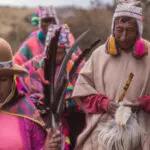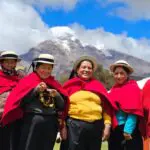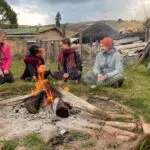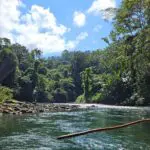My name is Alejandro Teus, and I’m the co-founder of Responsible Travel Peru. In this article, I will mention the things that I consider essential for your trip to be a success.
But first, I’d like to point out that over the years, we’ve found two general types of travelers: the tourists and the travelers who are seriously committed. The former flock to the most popular destinations found in all the guides; the latter feed off local experiences and connect with real people. In this article, I will focus on travelers from the second category.

In psychology, there is a concept referred to as positive stress (also called good stress). This is when you might find yourself in a stressful situation that you perceive as being a pathway to a positive outcome. Perhaps it’s a wedding day, a new job, or, as in our case, an epic journey. Life’s adventures always entail a few headaches but offer the biggest rewards.
In the following article, I will try to explain how to prepare your trip in the best way. Think of it as a helping hand. Still, if you don’t have time to read the whole text, you can always contact me or any of our travel specialists — we’d be very pleased to hear from you.
If you found this article, it’s probably because traveling to Peru is something you have in mind. In the following paragraphs, I will delve deep into your possible motivations, so as to help you determine if Peru is the right destination for you. Start with considering the following:
What are my reasons for traveling?
- To achieve a purpose
- For relaxation
- To learn about myself and the wider world
- The sense of discovery and adventure
- To challenge myself
- I am inspired by Peruvian culture
- The wildlife and nature of Peru excites me
- I want to go somewhere unlike anywhere else I’ve ever been
Is Peru my ideal destination?
What Should I Know Before Arriving?


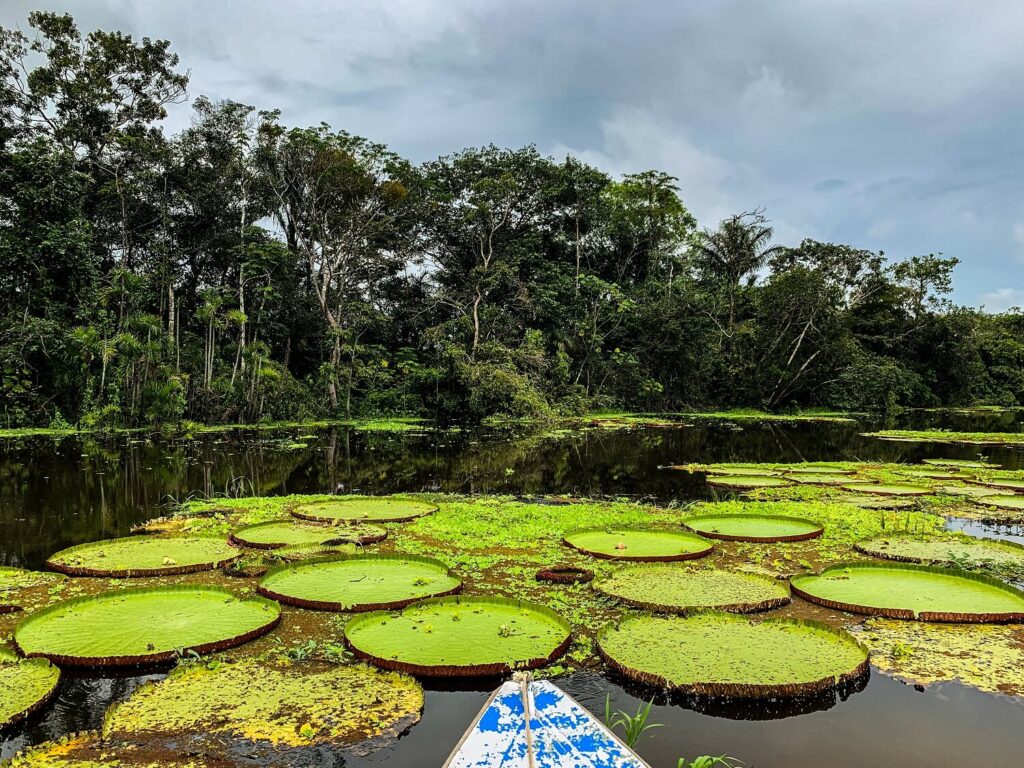
Suppose you nodded approvingly as you read some of the previously mentioned options. In that case, I consider that Peru fits into your ideal destination. Now, in case you didn’t know, Peru is:
- A megadiverse country. It has 11 ecoregions and 84 life zones of the 117 that exist in the world. The natural wealth of the country is almost incomparable.
- The country’s terrain is divided into three major types: coastal (resting against the world’s largest ocean – the Pacific); mountainous (containing a mammoth mountain range – the Andes); jungle (part of the earth’s largest river basin – the Amazon).
- A place where almost 3,000 popular festivals are celebrated throughout the year. Thanks to the confluence of creeds and customs that shape Peruvian life.
- The cradle of at least ten great pre-Columbian cultures.
- The land of origin of hundreds (or thousands) of first-class foods such as potatoes, corn, and quinoa.
- The leading gastronomic destination of the Americas. And home to a few restaurants ranked among the best in the world.
- The destination of some of the best walks in the world and almost endless outdoor activities.
- The 3rd largest country in South America. And 20th across the world. (Below is what Peru looks like when superimposed over images of the United States and Europe respectively).

In addition to getting to know a bit about Peru before making your journey, it is also worthwhile to pack for your trip mindfully. Think about the direct impact your presence in the country will have. Not only will proper preparation improve the quality of your stay, but it will also aid you in being a responsible, ethical traveler.
We have created a handy list of suggested items to pack for your trip to Peru. Consider your own comfort and safety when packing, but also think of your environmental footprint. For example, packing a good quality water bottle with a filter will keep you healthily hydrated throughout your trip and it will prevent you from relying on single-use plastics! To learn more, have a read of our article on fighting plastic during your trip to Peru.
Finally, 84% of Peruvians speak Spanish. Having a basic grasp of the language, even a few rehearsed pleasantries, will go a long way – it gives you confidence and helps ensure you are able to interact in a significant, respectful way with local people.
How do I avoid mass tourism?
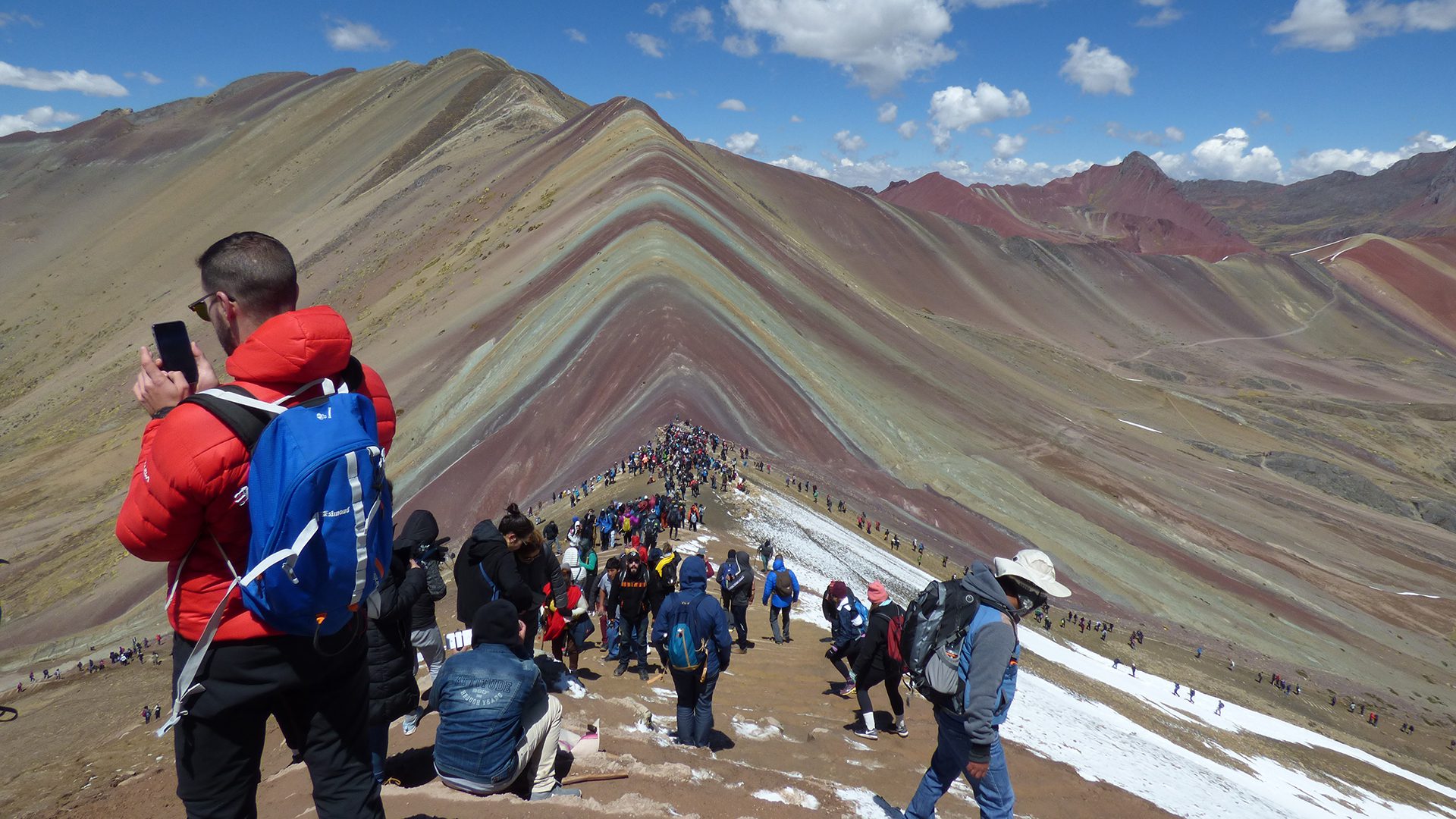
Simply educating yourself on the positive effects of community-based travel and how to travel responsibly will instill in you a desire to skip the crowds in favor of more memorable experiences. If you’re reading this blog, there’s a high likelihood that you’ve already decided that being a run-of-the-mill tourist isn’t quite enough for you. And, we’re pleased to tell you, you are in the right place. At RESPONSible Travel Peru, we specialize in giving our guests authentic experiences shaped by local people.
There are four key branches to the sustainable tourism we promote: the cultural, the environmental, the economic, and the social. The greatest problem with over-tourism is that the crowds of tourists are whisked in and out by tour companies. They repeatedly visit the same areas, and, therefore, spend their money in a small number of businesses.
At RESPONSible Travel Peru, our approach is totally different. We bring you into local communities where meaningful cultural exchanges can flourish. We encourage the spending of money when we know it is going to independent businesses to help local families prosper. We educate and take care when interacting with the natural landscape. Not only do we seek to avoid doing harm with our guided tours, we actively endeavor to give back.
How much time do I need?
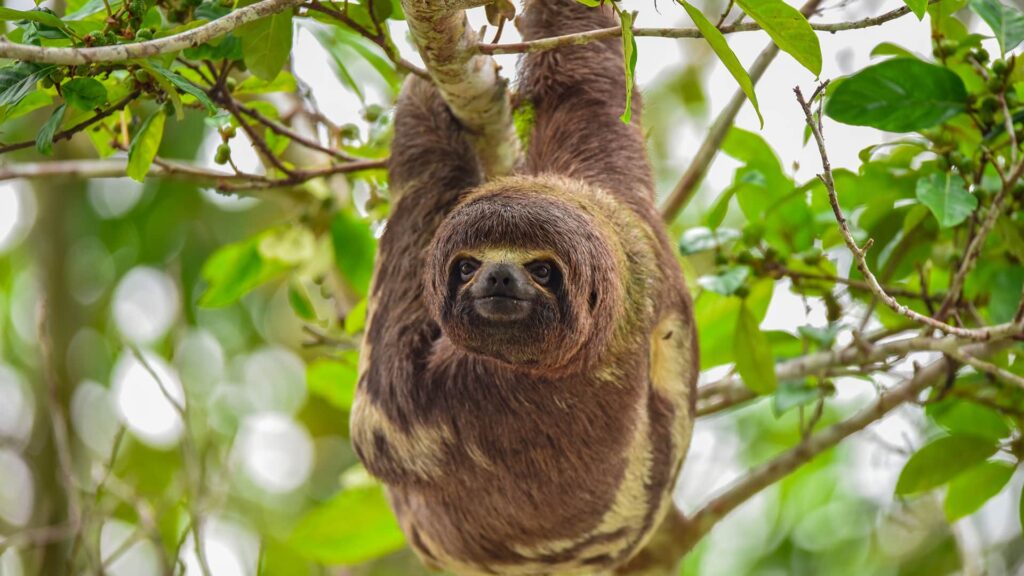
Given the extensive flight times involved in travel from Europe to Peru (12 hours for an average flight), we suggest a minimum of between 15 and 17 days for your trip. This will allow you to cover the main attractions of the southern route. However, if you want to also visit the north, we recommend adding at least another week to your travel plans.
With sustainability and your own comfort in mind, we consider that the longer and the slower your travel arrangements, the better. At RESPONS, we take every opportunity to champion slow travel. When you can take your time, do it. The quality of your holiday will be exponentially better.
We know from previous guests that travelers from the United States and Canada can find it harder to take extended holidays. However, you can take in a range of exciting sites over a 10 to 12 day period.
More important than the duration of your stay, though, is, of course, the quality of your stay. You’ve traveled a long way to immerse yourself in a new culture, to make meaningful and lasting relationships with the people you meet, and take home with you a new sense of the world. This guest blog, written by our friend Naline Roodbeen, offers an insightful look at the benefits of community-based tourism.
Here are some examples developed for former clients, which means that your trip will also be unique and personalized.
What budget do I need?
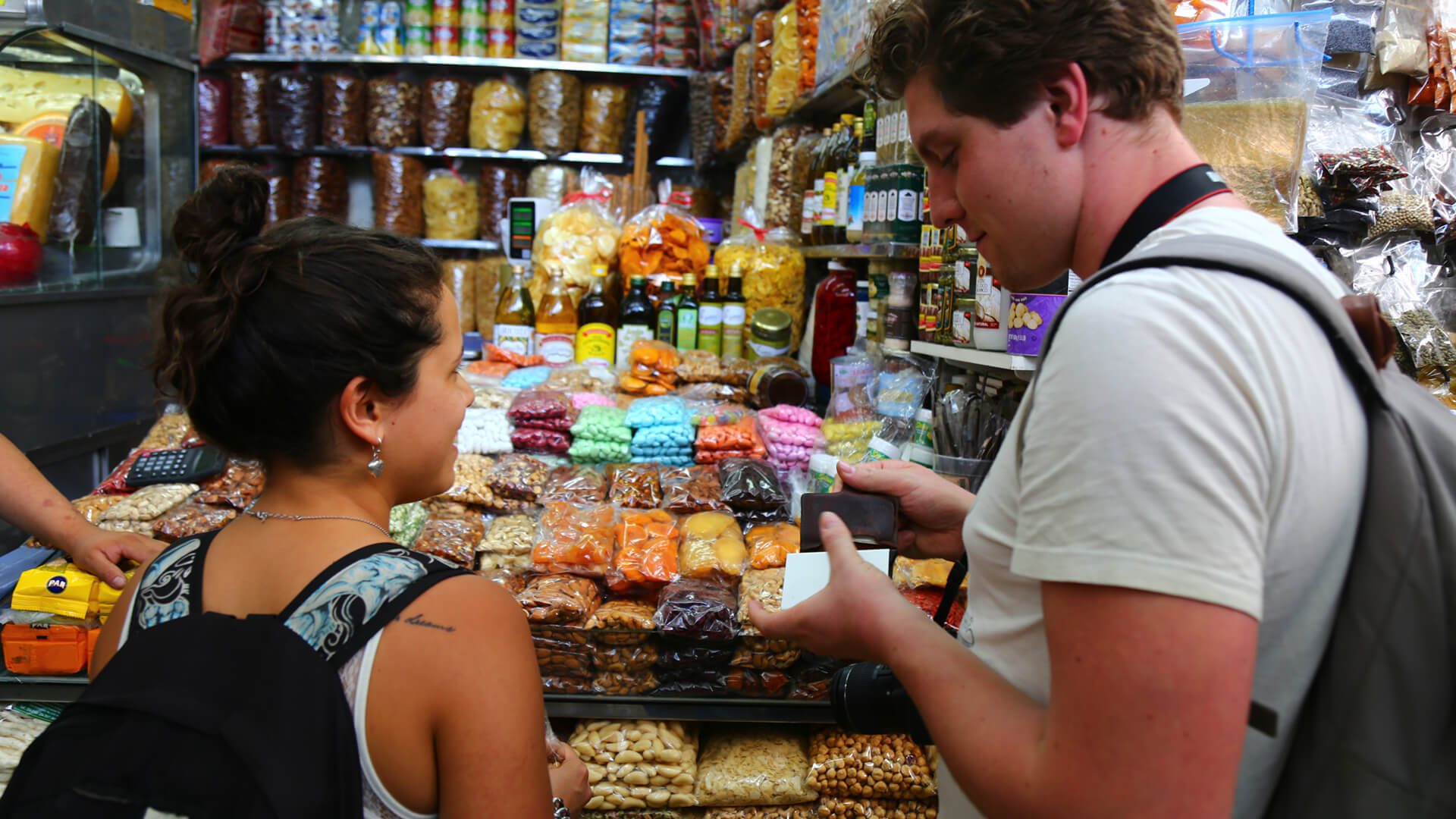
Once you have an idea of your dates, it’s time to work out your budget. The money you bring with you is going to greatly affect the type of traveling you’re able to undertake, so take your calculations seriously.
Keep in mind, though, that each traveler is unique and the following information only acts as a reference point. Categories are based on two people traveling together. If you travel with more people, it’s normally cheaper.
Wise budget, $100 – $125 per day per person: nice 2-star hotels and homestays, group excursions. Nice and original but nothing very unique.
Flexible, $125 – $150 per day per person: Nice accommodations (2-3 sometimes 4 stars according to preferences), private excursions where these are much better, unique experiences to enhance the trip. Wisely choosing the best experiences for you. (Most popular category)
Superior, $150 – $175 per day per person: superior accommodations, more unique experiences, frequently in private services. Trips with good jungle lodges also tend to fall in this category.
Luxury: $175+ per day per person: Only boutique, 4 and 5-star accommodations (where available), unique special excursions, excellent gastronomy, etc.
When is the best time to go?
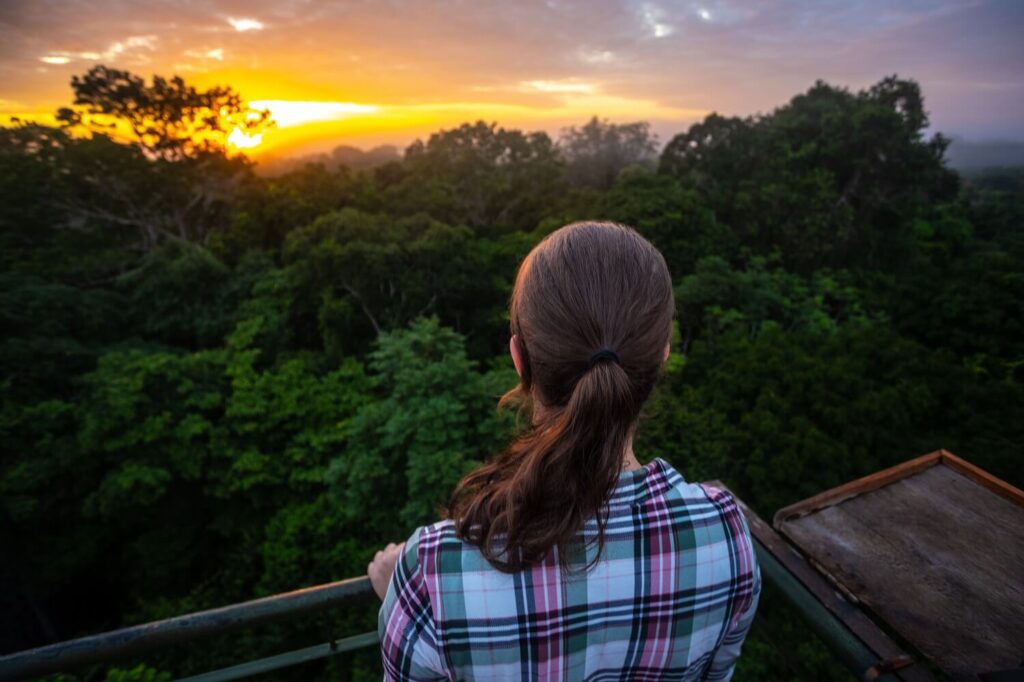
Put simply and clearly: it is better not to travel between January and March (due to the rains in the mountains and the jungle), nor when there is a lot of tourism (mid-June to mid-September). Our favorite time to travel in Peru is from April to early June because it’s less crowded then, there are clear skies, and all the Andes shine with greenery!
But the reality is that there are fewer and fewer differences between the low and high seasons, especially in tourist centers such as Cusco.
I believe that the decision should be made considering your employment situation (if you are your own boss or not) and especially taking into account the type of trip you want. See our first point for consideration (I travel to…).
For more information on better preparing yourself for the weather, please don’t forget to check out the following article, which provides added detail on Peru’s climate and seasons.
Which airline should I travel with?
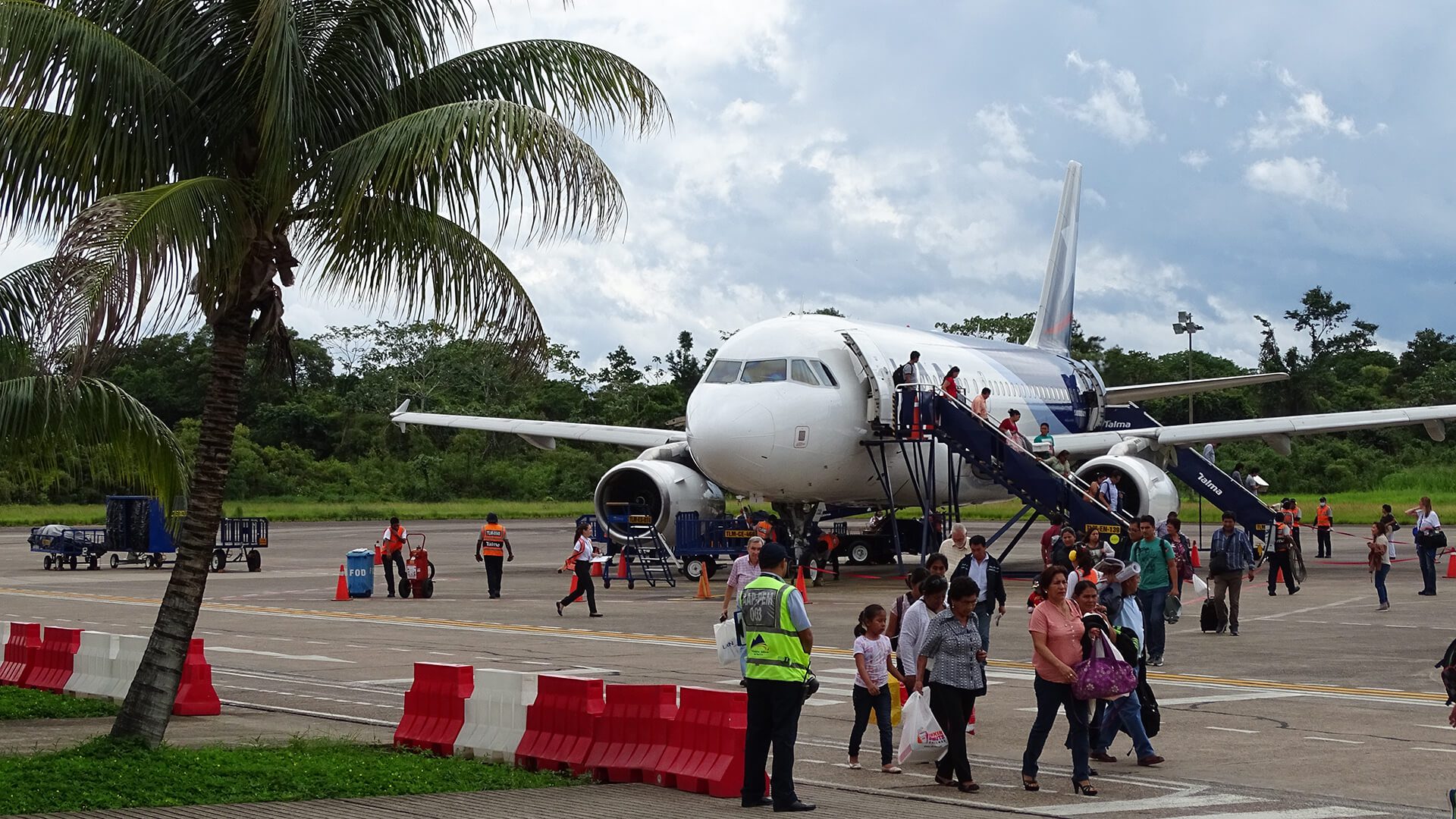
It’s no secret: our travel choices have a major impact on our environment. As more and more of us strive to travel sustainably, we must think carefully about our modes of transportation.
Increasing numbers of travellers are thinking deeply about the impact of their chosen mode of transportation. Additionally, activist movements such as Flight Shame (or flygskam) are fighting to raise awareness and demanding more transparency from the aviation industry.
But until there are large-scale solutions to the most critical problems that concern our planet, I believe that we must make the balanced, conscious choices that we feel are best.
Do your research! Investigate the companies that cover your required travel routes and spend your money with those companies that have shown real commitment to environmental issues.
We don’t tell you not to fly, instead, we say, Fly when it is necessary! When traveling internally within a given country, choose land travel. There are many excellent resources out there for you to calculate your carbon footprint. Stay informed to make a positive difference.


